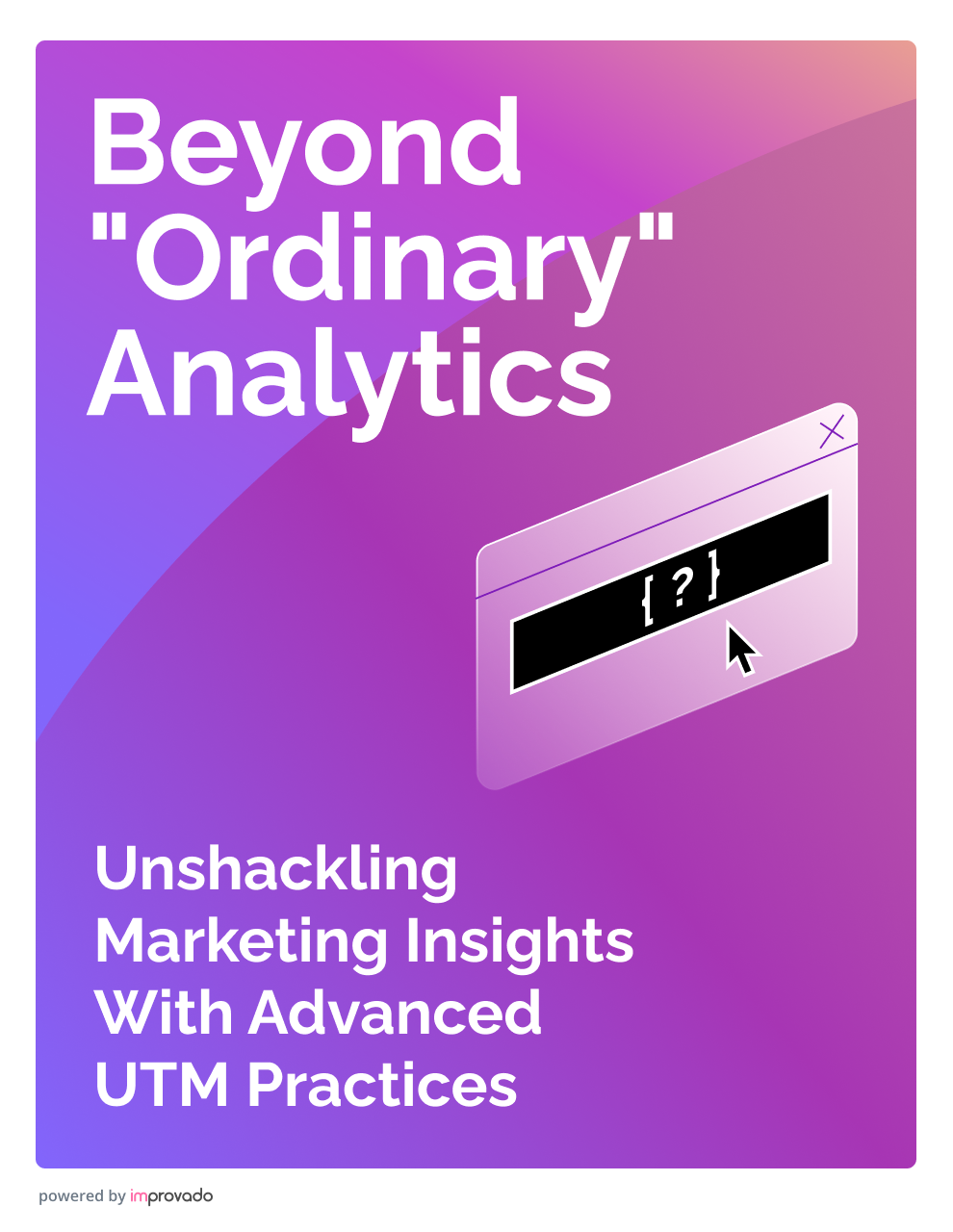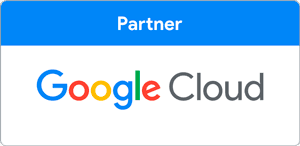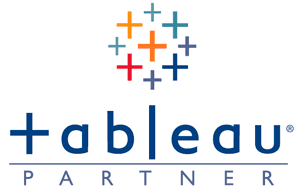What is DV360, and Why Opt For It Over Other DSP Platforms?
Demand-side platforms (DSPs) are gradually taking over conventional advertising platforms, such as Google Ads.
Google Display and Video 360 is one of the most advanced programmatic advertising platforms on the market today. Extensive audience lists allow for in-depth targeting compared to classic keyword targeting in Google Ads.
According to Bounteous, DV360 reaches over 80 ad exchange networks and displays ads on over 90% of the Internet. An extensive network of partner companies that exchange data with Google, such as BlueKai, LiveRamp, and Eyeota, help make your ads more personalized and target the required audiences.
In this article, we’ll discuss the upsides and drawbacks of Google Display and Video 360, review the most effective marketing strategies, and identify the best ways to analyze the acquired metrics.
What is Google Display and Video 360?
DV360 consolidates an array of features into one platform, streamlining the process of managing digital advertising campaigns and providing wide-ranging targeting capabilities.
Beyond ad purchasing, DV360 also facilitates the creation of strategic and engaging marketing campaigns. Its features allow marketers to plan, execute, measure, and optimize digital media campaigns, leading to a more efficient campaign management process.
Due to the synergy of these modules, you can keep track of your marketing investments, manage media campaigns, test out new creatives in a matter of minutes, and deliver a first-class ad experience to your prospects.
Google Ads vs. DV360
Marketers who use Google Ads may wonder what the big deal is about Display and Video 360. There are multiple answers to this question.
Versatility
Google Analytics 360 and Search Ads 360 can pass data through to DV360. That means you can target audiences more precisely using the behavioral data gathered from your website and PPC campaigns.
Unlike Google Ads, DV360 provides more detailed audience customization. Instead of basic targeting based on interests, demographic insights, and keywords, marketers get access to in-market audience targeting, affinity audience targeting, geography targeting, and more.
Creatives
Compared to Google Ads, DV360 has much greater potential for creating engaging ads. The platform allows you to create interactive display ads of different sizes and styles.
Google Ads allows ads to be created featuring a single image, company logo, and text with a maximum of 140 characters. The platform adjusts your creatives automatically depending on the size, placement, and device that displays your ad.
Display and Video 360 offers more media formats and templates through its Rich Media Gallery.
At the same time, Campaign Manager analytics allow for faster and more precise A/B testing of creatives and provide rich reporting opportunities with a long list of metrics.
Audiences
Audience targeting is one of the main differences when comparing Google Ads to DV360. With Google Ads, marketers can use a handful of different methods, ranging from keyword targeting to analytics remarketing lists (collected by linking your Google Analytics and Ads accounts).
DV360, in its turn, relies heavily on Floodlight pixels.
Floodlight is the conversion tracking system for Google Marketing Platform. It tracks activity on your site and collects data about conversions. It uses a cookie to track repeat visits from a specific browser.
Marketers can use mixed insights from Floodlight pixels and audience lists to track conversions more precisely and perform first-party targeting.
“Similar audiences” is one of the most notable features of Display and Video 360. With its help, you can reach out to prospects who share the same interests as your existing customers. Here are the two main requirements for creating a lookalike audience in DV360:
- The first-party audience list should have active users within the past 30 days
- The first-party audience list should have no fewer than 500 users
The Trade Desk vs. DV360
The Trade Desk is a giant of the programmatic advertising market. As well as DV360, The Trade Desk allows marketers to advertise their brand or product to specific audiences based on demographics, interests, and many other parameters.
One of the largest differences between these two platforms is the minimum monthly ad spend. Both companies don’t disclose their pricing, but according to the information from marketing forums, the difference is huge:
- DV360 users claim that the minimum advertising spend is $50,000 per month.
- At the same time, The Trade Desk requires marketers to spend $100,000 per month when advertising in Canada and $1,000,000 per month if displaying ads in the US.
As for the technical side, one of DV360’s main advantages is that Google’s first-party data is available for free. Moving audiences from Google Analytics is a lot easier if you’re using DV360 because Google allows the integration of these two platforms with just a few clicks. The Trade Desk doesn’t offer native integration with Google Analytics, so you’ll have to search for workarounds to create audiences based on Google Analytics data.
Another benefit of DV360 is its compatibility with Google Ads Data Hub. At its core, Google Ads Data Hub is a data clean room that allows marketers to aggregate data from YouTube, DV360, Google Analytics, and Campaign Manager. With its help, you can merge Google’s audience data and your first-party data in a privacy-friendly way and get analysis-ready, user-level insights.
What's Next? Set up and Optimize DV360 Campaigns
It’s evident that DV360 has many benefits over other programmatic advertising platforms. Display and Video 360 provides a wide variety of benefits, ranging from its creatives workflow to audience reach.
The second part of our guide covers the best strategies to launch successful DV360 campaigns. In it, our featured expert, Jean-Benoît Nonone, a programmatic advertising and digital marketing expert, shared his experience with line item optimization.
Keeping Track of DV360 Campaign Performance
DV360 surely has in-app analytics features that allow tracking campaign performance right in the platform's UI. While in-app analytics do provide essential insights for monitoring user engagement and understanding user behavior, this data presents a limited scope for real-time optimization and leads to inadequate attribution modeling.
DV360's in-app analytics primarily focuses on the data generated within DV360 itself, ignoring the rest of the user interactions throughout the customer journey. This results in an inadequate attribution, where the contribution of each interaction towards the final conversion is unclear.
An alternative, in this case, is to bring together data from various sources for comprehensive analysis manually or utilize an advanced marketing solution like Improvado. The platform pulls data from 500+ marketing and sales data sources, prepares it for analysis, loads it to a BI or visualization tool, and assists with insights discovery.
Improvado comes with numerous dashboard templates you can use to visualize your data. Here's an example of a cross-channel dashboard you can use to track changes in the performance of your paid and organic campaigns.
Here some other noticeable features of Improvado:
- Marketing attribution modeling: Improvado can help you connect marketing, sales, and finance data to identify touchpoints that drive revenue. You can switch between different attribution models in a few clicks or request a custom model that will meet the unique needs of your company.
- Professional Services: Improvado's team of analytics experts can customize your dashboard or create any custom metrics and connectors on demand.
- Managed data warehouse: If you need a dedicated place to store your marketing data, Improvado got you covered. The team can create and manage a data BigQuery-based data warehouse to keep all of your historical data safe and sound.
Frequently Asked Questions
500+ data sources under one roof to drive business growth. 👇
Assess the effectiveness of your DV360 campaigns in the context of their overall marketing strategy
.png)
%20(1).png)
.png)

.png)
.jpg)





%20(1).png)

.png)





.png)


.png)
.png)
